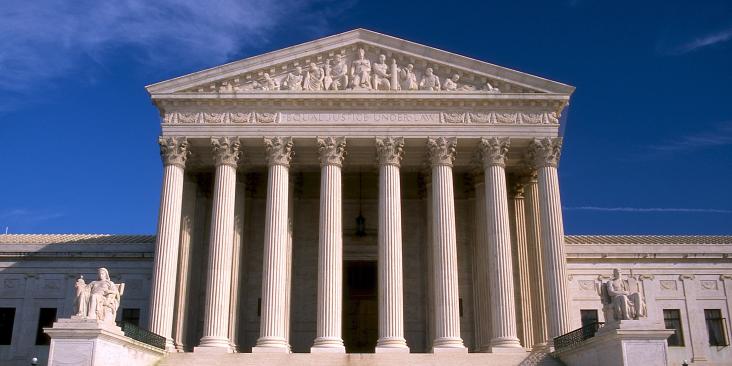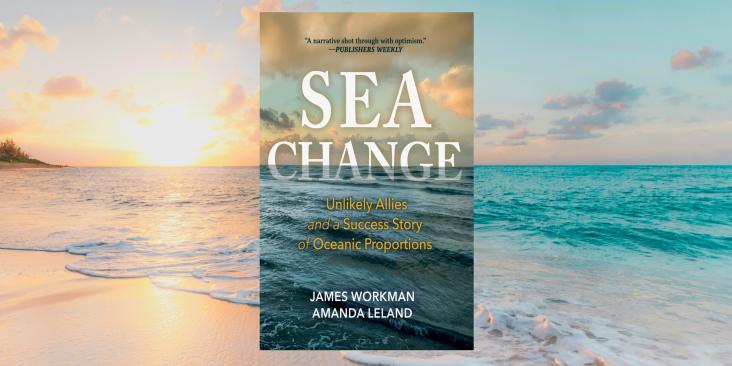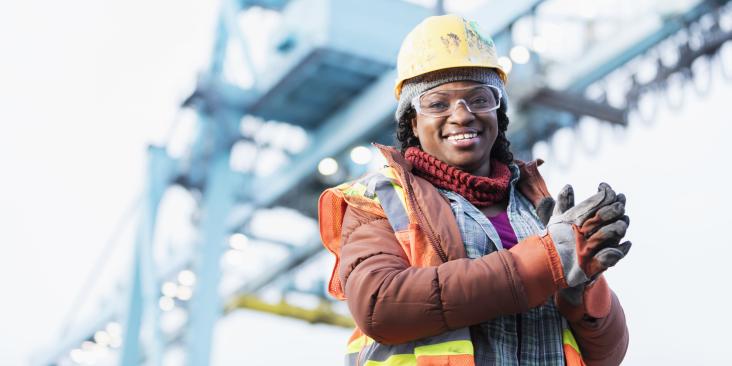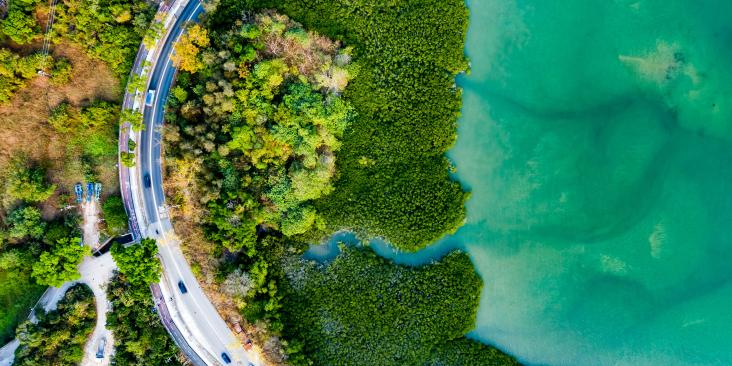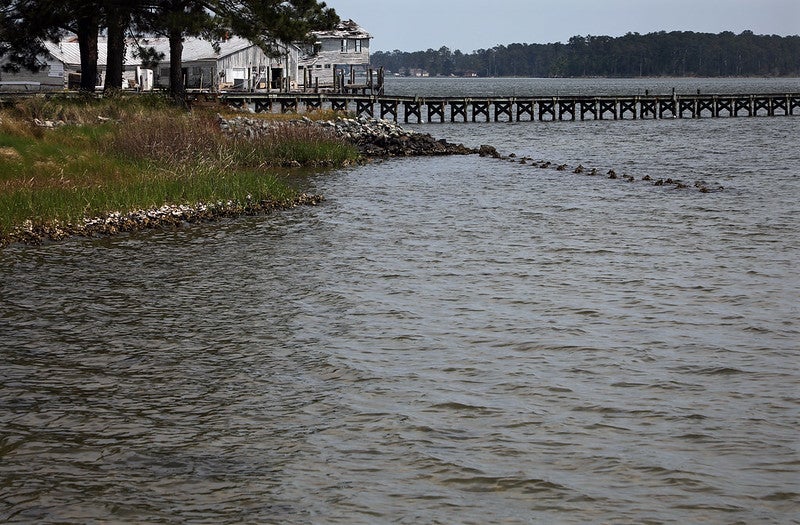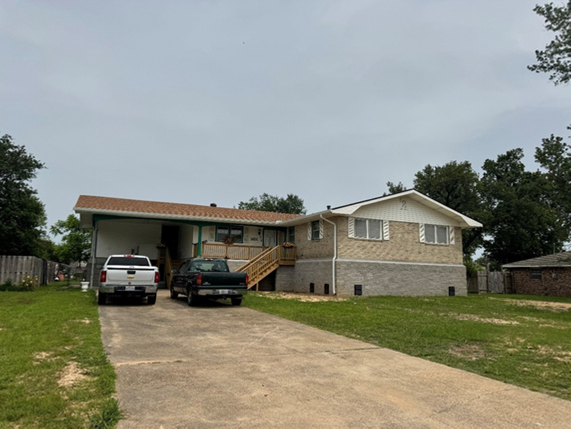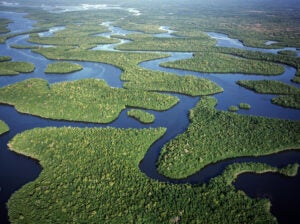
Nature-based solutions are essential to advancing climate resilience
By: Eve Cooke, Fellow, Climate Resilient Coasts and Watersheds
Over the past four years, Florida has been battered by severe storms, tropical cyclones and record-breaking floods. From unnamed downpours to devastating hurricanes like Ian, Helene and Milton, these events have caused more than $100 billion in damage—disrupting families, businesses and ecosystems alike.
In a recent EDF survey, a range of experts across sectors in Florida stood united on one thing: nature-based solutions are key to protecting people and property from extreme weather and believe there is a clear path forward to incorporating these solutions into building resilience.
What is a nature-based solution?
According to the United Nations Environment Programme Finance Initiative, a nature-based solution describes actions that protect, sustainably manage and restore natural and modified ecosystems that address societal challenges effectively and adaptively, simultaneously benefiting people and nature.
Nature-based solutions include repairing and protecting mangroves and wetlands to manage flooding or utilizing rain gardens to reduce stormwater runoff, among others. When implemented successfully, nature-based solutions provide a range of benefits like reducing disaster impacts and recovery costs, improving community well-being, supporting outdoor recreation and more.
This means Florida’s coastal wetlands, floodplains, mangroves, coral reefs and urban tree canopies offer more than beauty—they are also our first line of defense against natural disasters and extreme weather. But to fully harness their potential, we need to break down the barriers that are holding back implementing nature-based solutions.
What the experts are saying
Ninety practitioners participated in EDF’s survey on nature-based solutions and come from a range of backgrounds like government, engineering, nonprofit organizations, water management, research and more. Together, their feedback offered a clear pathway forward to prioritizing nature-based solutions across Florida and beyond. Here are the top six recommendations:
- Develop straightforward permitting: Updating state and federal processes, especially for low-impact nature-based solution projects, would speed up approvals and bring benefits to communities faster.
- Create design guidelines: Developing a menu with proven nature-based solution designs tailored for Florida would simplify permitting and provide practical options for engineers.
- Expand workforce development: Expanding training programs in design, construction and maintenance would ensure Florida has the workforce to implement these solutions at scale.
- Boost funding: Increasing financial support for nature-based solutions would help address the upfront costs of land and materials.
- Showcase the value: Accessible tools to quantify and communicate the economic, social and ecological benefits of a nature-based solution would help prioritize projects that offer the best return on investment and long-term outcomes.
- Raise public awareness: Educating communities and officials about the many benefits of nature-based solutions would build critical support for these approaches.
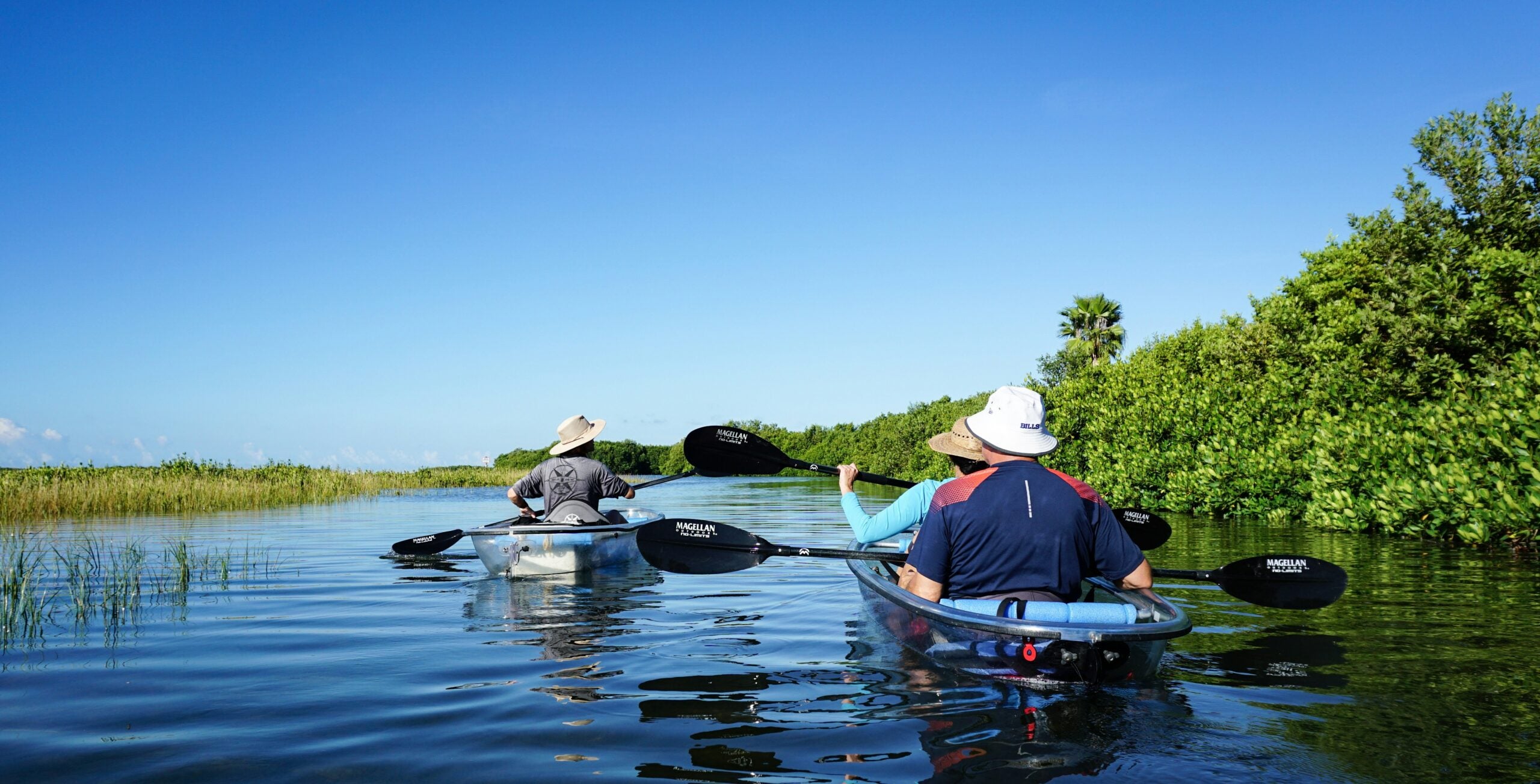
As Florida rebuilds from past disasters and prepares for those to come, we have a choice: invest in outdated, hard infrastructure alone—or embrace the proven solutions that work with nature, not against it. The good news? Florida’s diverse range of experts already agree on the next steps. Now it’s up to decision-makers, funders and advocates to help put these recommendations into action.
For related program inquiries, please contact: rrhode@edf.org.
For related media inquiries, please contact: jtolep@edf.org.

